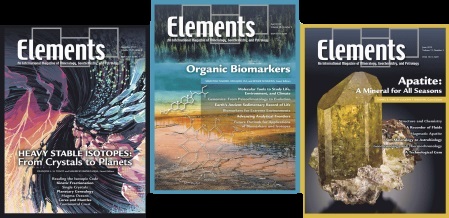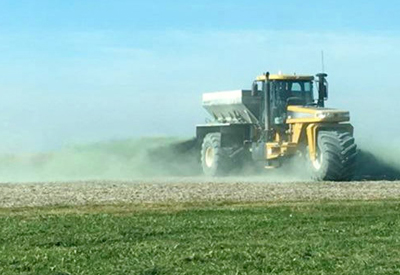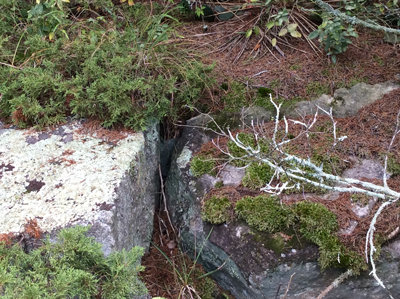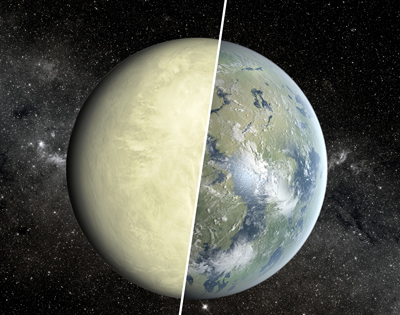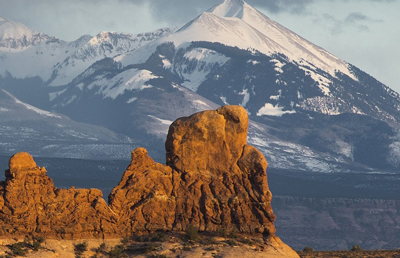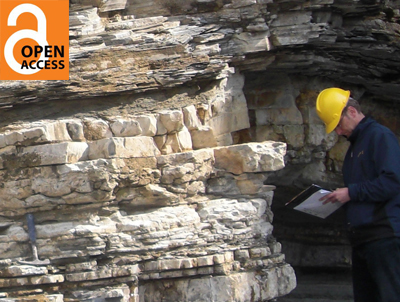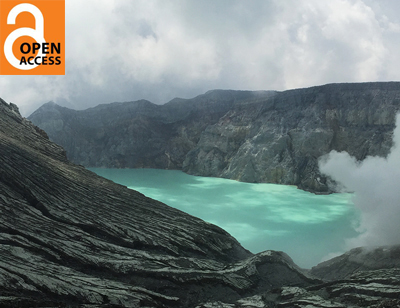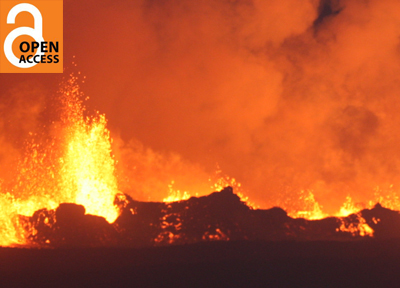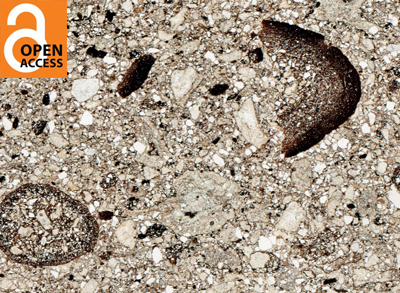Combating Climate Change Through Enhanced Weathering of Agricultural Soils
Rising levels of atmospheric carbon dioxide (CO2) are driving increases in global temperatures. Enhanced weathering of silicate rocks is a CO2 removal technology that could help mitigate anthropogenic climate change. Enhanced weathering adds powdered silicate rock to agricultural lands, accelerating natural chemical weathering, and is expected to rapidly draw down atmospheric CO2. However, differences between enhanced and natural weathering result in significant uncertainties about its potential efficacy. This article summarizes the research into enhanced weathering and the uncertainties of enhanced weathering due to the key differences with natural weathering, as well as future research directions.
Combating Climate Change Through Enhanced Weathering of Agricultural Soils Read More »

